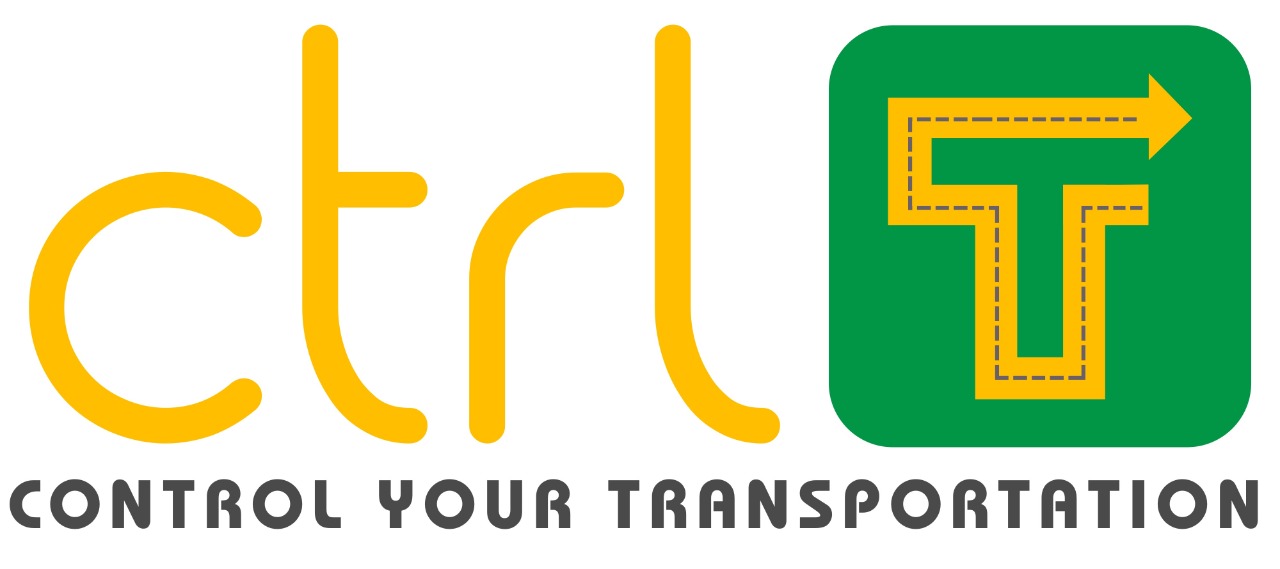Indian Logistics: At the CUSP of a Tipping Point
The top three logistics businesses in India are DHL, UPS, and FedEx. Oddly enough, all of these multi-billion dollar companies are owned by the USA. The largest logistics companies in India in terms of revenue are Concor and TCI. The former is about to break the $ 1 billion mark when the 2021 fiscal year books close.
According to the IBEF, the logistics industry is valued at $ 215 billion by 2020-21, registering a mixed annual growth rate (CAGR) of 10 percent over approximately $ 160 billion in 2016-17. This number tells you something about the logistics industry. About 95 percent of the industry is broken up into unorganized and single-owner truck drivers and warehouse operators. Even with high-value companies like Udaan, Rivigo, Shadowfax, the Indian logistics universe is still a long way from making a dent. Hence, it is a gold mine for those who read this logistics industry well. But, it is not suitable for the faint-hearted.
We at CtrlT believe that the logistics industry is at a tipping point that could help smaller and medium-sized players to adopt technology and change their businesses forever. By doing this, even big players can cross the $1 billion mark much faster than ever before as their ecosystem is going through the digital insurgence now.
The rise of Jio
The rise of Jio as the most popular and largest network of telecom service has changed not just the life of the average Indian but also the way they communicate and interact with each other. The increased competition among all remaining telecom players led to data plans falling to their lowest ever in the country. The ultimate beneficiary is the customer who can consume as much content as he or she needs. According to a report by The Boston Consulting Group (BCG), since the launch of Entertainment Goes Online, Geo has seen a 10-fold increase in quarterly data usage, achieving unprecedented growth and “paving the way for latent demand for digital consumption by Indian consumers”. Eventually, it is a matter of time before the B2B industry leverages these new habits inculcated by the Indian market.
The rise of the affordable smartphone
India is one of the largest buyers of economical smartphones.
According to Statista, India’s smartphone users crossed 330 million in 2018. The number of smartphone users in India is expected to reach 354.24 million in 2019, while the number of smartphone users worldwide is estimated to exceed 2.3 billion users by that time. The worldwide smartphone users are estimated to be around 2.7 billion by 2020 and in India, it would be reaching 373 million users. With a perfect combination of economical and reduced prices of smartphones and data plans, many industries had opened new opportunities and vacant spaces to be occupied by companies who can cater to the needs of this nascent market.
The rise of cashless payments and consumption
Digital payment services have been rapidly adapted thanks to the Unified Payment Interface. Now every trucker is well known with UPI, PhonePe, and PayTM. The UPI payment interface and these payment platforms have touched over 250 million lives and will reach nearly half a billion within three years. Businesses can now operate and scale rapidly with these cashless payments.
The logistics industry in India will grow as consumers in India increase with the payment component being carried out so rapidly. India, being the third-largest consumer country after the USA and China according to the World Economic Forum, is on its way to becoming the third-largest economy, once its PPP crosses $ 5000. It is currently at $2000. Now when you look at China, which has become the fastest-growing economy within the last fifteen years; had also crossed the PPP $2000 in 2004. India sees extraordinary growth with its average age of 27 and potential for massive job growth. All these macro-economic factors lead to increased consumption and as consumption is increased, the logistics industry must be prepared. In this current trend, it is all about identifying the major problems affecting all the different stakeholders of the industry and plan on how to cater to their needs in the most effective and cost-efficient manner.


